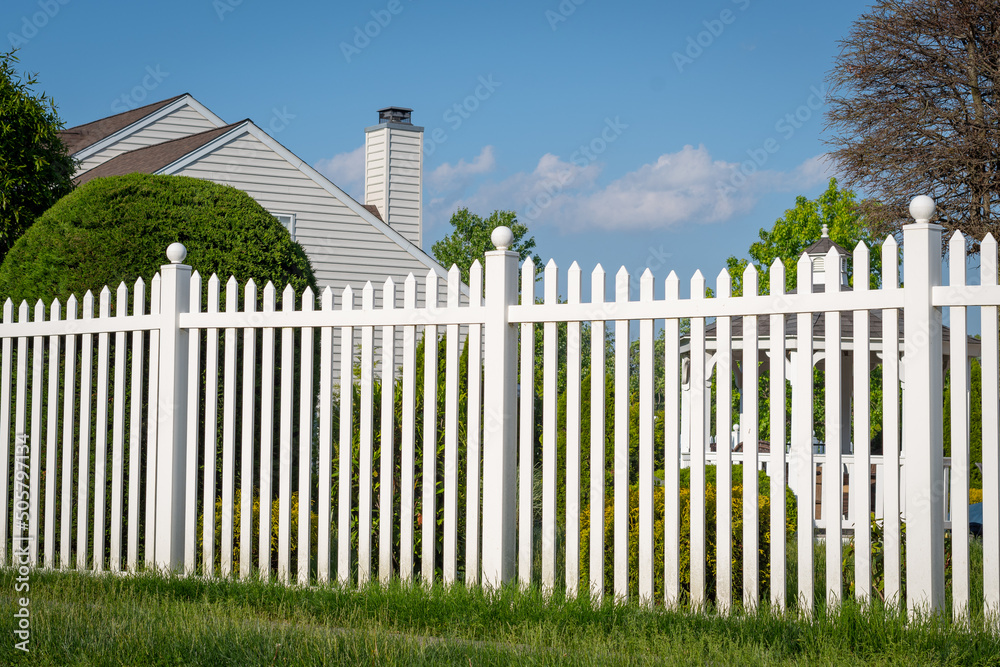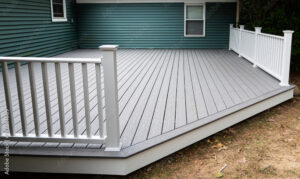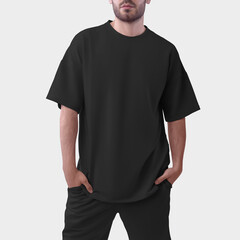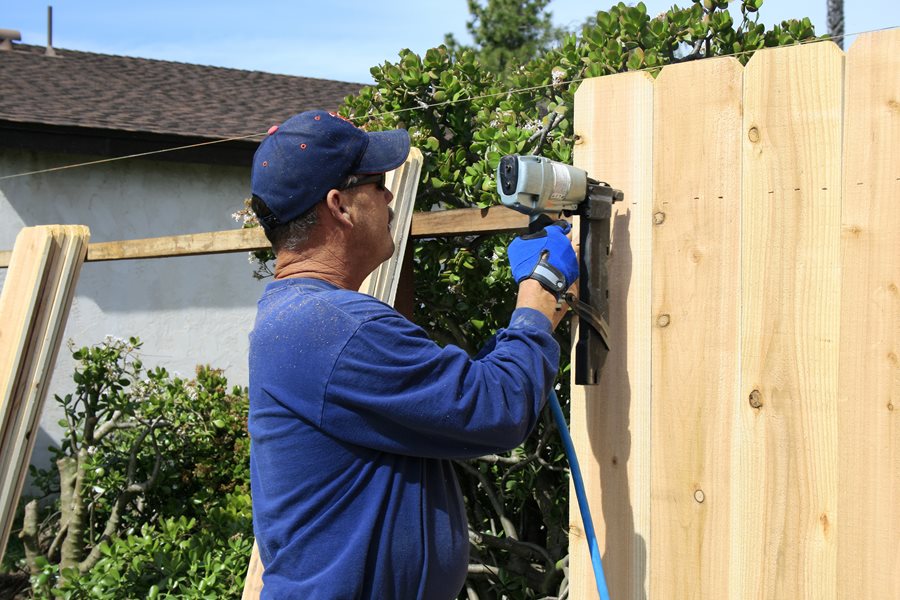Unlike residential plumbers who deal with plumbing issues in homes, commercial plumbers deal with much larger systems. They may work in large office buildings, retail shops, restaurants, hospitals, and skyscrapers.

Whenever there is a problem with water in these areas, the plumber needs to know how to quickly and efficiently identify and repair it. Contact Plumber The Woodlands for professional help.
Commercial plumbers need a broad range of technical skills, including reading plans and schematics, excellent manual dexterity, and an ability to work in tight spaces. They also need to be comfortable working at heights. A strong safety-first mindset is essential, as plumbing is a dangerous trade. The question, “Describe a time when you had to solve an unusual problem in the field.” is a great way to evaluate an applicant’s quick-thinking and intuitive problem-solving skills.
Large-scale commercial plumbing projects require collaboration with electricians, carpenters, and other contractors. The interviewer will want to know how you worked with others on previous jobs to ensure your plumbing services were integrated seamlessly into the overall project. This question is also a good opportunity to assess your teamwork skills and ability to work under pressure.
As a commercial plumber, you’ll need to accurately estimate labor and material costs. This is important for securing contracts, maintaining profitability, and building a reputation for reliability. The interviewer will ask you to discuss your methods for calculating these estimates and the tools or software you use. Your answer will demonstrate your technical knowledge and attention to detail, as well as your ability to meet client expectations.
Staying abreast of technological advancements is a necessity in commercial plumbing, as they can improve efficiency, reduce water waste, and enhance sustainability. The interviewer will want to know whether you keep up with these developments and how they’ve impacted your work.
Commercial plumbers are responsible for ensuring the plumbing systems in their buildings meet environmental, safety, and code compliance standards. This requires thorough understanding of the latest regulations, and a keen eye for detail when inspecting existing systems. The interviewer will ask you about the procedures you follow when assessing the condition of a plumbing system, and the equipment you use to perform inspections. Your response will help to determine your awareness of the environmental impact of commercial plumbing and your commitment to ensuring the safety of your clients and colleagues.
Experience
A commercial plumber is a skilled professional who installs, repairs, and maintains plumbing systems in large buildings like restaurants, hotels, hospitals, and office buildings. Their work requires a variety of skills that differ from those of residential plumbers, including the ability to handle larger pipe diameters and high water pressure systems. They also need to know how to operate specialized tools and equipment. Commercial plumbing is a lucrative career, but it takes time to become proficient in the field.
In addition to their technical skills, commercial plumbers need excellent customer service skills in order to interact with clients and provide accurate estimates for their services. They must be able to explain complex plumbing problems in a way that customers understand, and they should always be punctual and polite. It is also helpful for commercial plumbers to have experience working in a team environment, as they often collaborate with other tradespeople on construction and renovation projects.
While there are a number of different ways to become a commercial plumber, many begin their careers by completing a plumbing apprenticeship program. These programs offer a hands-on learning environment where apprentices can develop the necessary skills to become a licensed plumber. They are usually offered by vocational schools and community colleges, and they include both classroom instruction and on-the-job training.
Once a plumber is licensed, they can begin working independently. However, they must continue to learn through ongoing education opportunities in order to keep their licenses current and to stay abreast of any changes in the industry. In addition, they must attend trade shows and other industry events to network with peers and to find new job opportunities.
Commercial plumbers typically deal with more complex plumbing systems than their residential counterparts, and they must have a good understanding of building codes and regulations. They may be required to install backflow prevention devices, which are used to prevent polluted water from entering the public water supply. They may also be responsible for installing fire sprinklers and kitchen plumbing in large buildings.
In addition to their plumbing knowledge, commercial plumbers must be able to read blueprints and understand electrical wiring. They must also be able to work safely in hazardous environments, such as confined spaces and at heights. They should be familiar with a variety of tools and equipment, including wrenches, drain augers, power saws, and electrical testing equipment.
Insurance
A commercial plumber must have business insurance to protect their company, and the workers who rely on it. These policies help to cover the cost of damage to customers’ property that could occur during a plumbing job. These policies also protect the plumber from any legal claims that might arise from faulty work. In addition, many states require plumbers to carry a general liability policy as part of their licensing process.
Known for its tropical climate, Florida’s economy spans across several sectors including tourism, aerospace and agriculture, leveraging the state’s natural resources to support industry growth. Commercial plumbers are a vital component of this diverse economic ecosystem. They provide the essential infrastructure that ensures a stable water supply, which is necessary to support the real estate and construction industries in the state. Moreover, these professionals are essential to the repair and reconstruction efforts that occur following natural disasters.
Many states require plumbers to carry a general insurance policy, which is designed to protect the company against third-party personal injury and property damage claims. These policies can also help to protect the reputation of a plumbing company by covering costs related to copyright infringement. These policies are often bundled into a business owner’s policy (BOP), which provides significant savings for small businesses.
Another important type of business insurance for plumbers is commercial auto insurance, which covers the costs associated with driving to and from work sites. Most plumbers spend a significant amount of time on the road, and commercial auto insurance can cover the expenses associated with an accident that occurs while the company is on the job.
Commercial plumbing companies also need professional liability insurance, which helps to pay for legal fees in the event of a claim arising from a plumber’s negligence. For example, a water heater that is not installed correctly might cause damage to a customer’s property, and the plumber may be held responsible. Professional liability insurance is typically sold separately from other business insurance policies, but it can be included in a BOP.
Finally, a commercial property insurance policy protects a plumber’s office and equipment investment. This coverage can include the cost of replacing or repairing the company’s equipment in the event of an accident or a natural disaster. Many policies offer a broad range of protections, and they can be customized to meet the specific needs of each plumbing company.
Warranty
When a commercial property experiences a plumbing emergency, the problems can create disruptions, cost a lot of money, and negatively impact employee productivity. That’s why having a reliable commercial plumber on hand is essential. A commercial plumber can quickly repair any issues, and perform routine maintenance to keep the pipes and fixtures running smoothly.
When hiring a commercial plumber, look for one with an established track record and solid industry reputation. You can do this by reading online reviews, asking for recommendations from other business owners, and contacting trade organizations. You should also ensure the plumber you choose offers transparent pricing. This will help you avoid any hidden fees or overcharges.
Commercial plumbing is different than residential plumbing, and requires a specialized skillset to handle large-scale projects. It’s important to find a plumber who is knowledgeable about the codes and regulations that apply to commercial properties. This will help ensure the work is up to standards and that your property is safe and compliant.
In addition to their specialized knowledge of plumbing systems, commercial plumbers must be able to follow blueprints and understand the requirements for each project they’re working on. They also need to have basic carpentry skills for projects that require them to access pipes in walls or floors, and they must be able to solder and weld when needed.
Plumbing problems aren’t always easy to spot, and they can become much more serious if left untreated. In addition to the financial cost of repairing or replacing damaged pipes and equipment, poor plumbing can lead to health risks and damage the reputation of your company. A regular inspection and maintenance by a professional commercial plumber can prevent these problems and reduce your energy bills in the long run.
When choosing a commercial plumber, make sure they have the proper licensing and insurance to protect you and your property. Liability insurance can cover the costs of any injuries or damage caused by the plumber during the job. For example, if your plumber falls off a ladder while working on your building’s plumbing system and dislocates their shoulder, liability insurance would cover the medical expenses. In addition, worker’s compensation insurance can cover any loss of income if the plumber is injured while working at your business.





